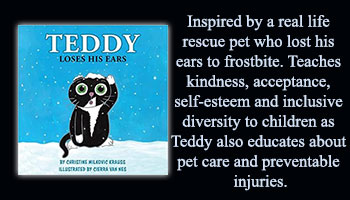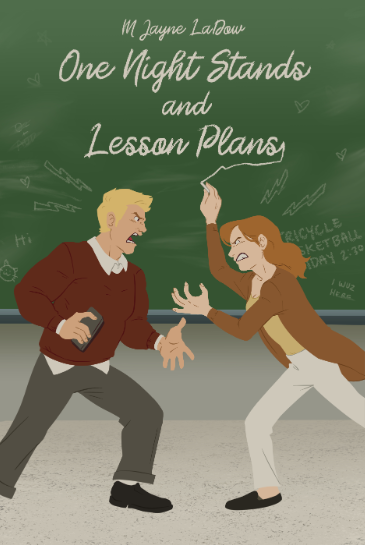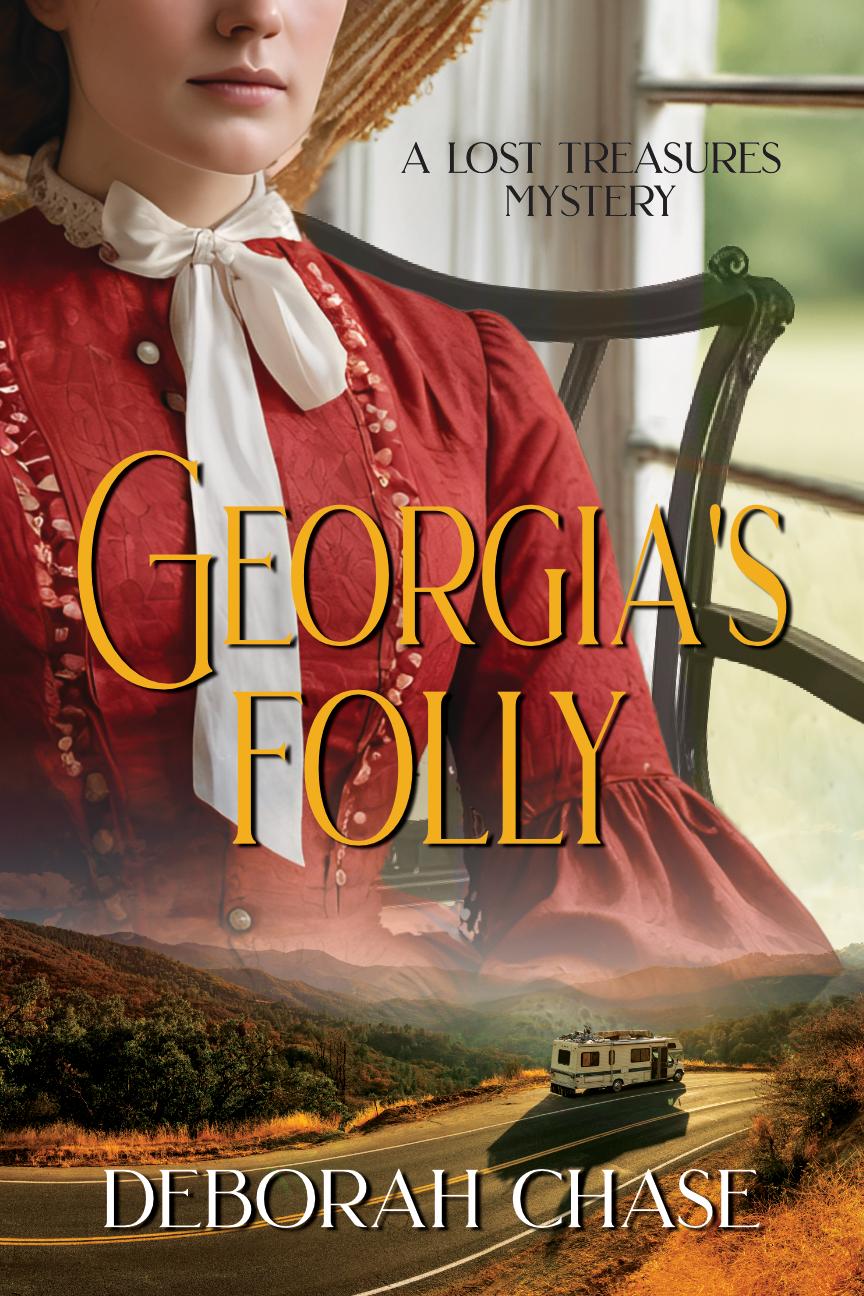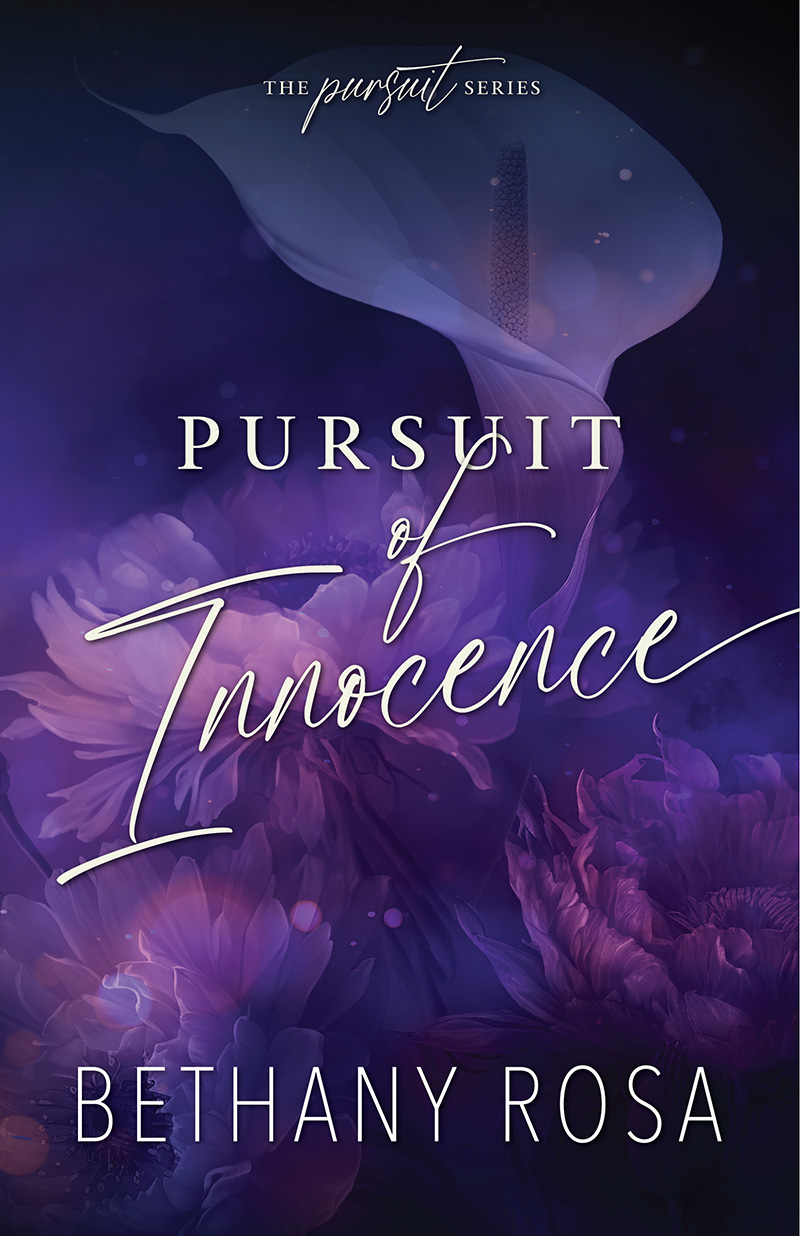This post is part of Long and Short Review’s 9th Anniversary Celebration. Enter the Rafflecopter at the end of the post for a chance to win a $100 gift card or other prizes.
The first gardening mistake I made when we moved to rural Vermont 17 years ago was thinking that perennials are something you plant once and enjoy forever.
Ohhhhhh no. Oh-ho-ho-no.
Well, in some cases it’s true—we’ve got peonies, for example, that came with the place and must be decades old—but the very fact that perennials stay in the ground makes them subject to seemingly endless variables, all exacerbated by the seemingly endless microclimates that characterize the region in general and our yard in particular.
I knew going in that some perennials, such as gladioli, are sensitive and must be brought indoors for the winter then reestablished in the spring. So I skipped those. I also knew that some perennials, such as most everything in the mint family, are invasive and must be either contained or planted where they can run amok. So I avoided those, too.
Then went on to plant my favorite species, since our well-established perennials represented a previous homeowner’s taste. Pretty much everything I put in failed within 1-3 years, while the established plants flourished. Huh?
I can divide or transplant the established perennials with shocking brutality and they just keep going like Energizer Bunnies, but my carefully selected, carefully tended new perennials just don’t last. Heck, I’m the only person I’ve ever met who can’t keep daffodils!
Even after I got smart and started planting only Zone 3–hardy specimens (learned from cataloguing everything established and finding that to be the common denominator), I still lose the new ones. Or else they shrink back in number to a few feeble survivors that keep returning enough to keep giving me false hope.
The experience has taught me a lot about the dominance of microclimates over zone maps, the difference between reproductive techniques, and perennial vs. diennial growth patterns. It also clarified the definition of “partial sunlight.” The thing that surprises me year after year, however, is the fact that some perennials move.
It’s a creepy thought that nags at me during the winter. While the land is frozen for months, somewhere below my feet there are tendrils reaching out, or seeds that fell over the summer, which will result in plants emerging somewhere other than where I put them. Thus I’ve had grape hyacinths and glory-of-the-snows pop up in the middle of the lawn. Thus I’ve had a crocus appear even though I never planted one. Thus the horseradish emerged in the woods 30 yards away from its calculated placement, the phlox choked out a complete garden, the lupines stepped sideways two feet, and the bee balm took over the compost pile.
These plants behave, in fact, like certain weeds. Heck, perennials are weeds, if you consider this definition: “What we call a weed is in fact merely a plant growing where we do not want it” (E. J. Salisbury, The Living Garden, 1935). In my yard, some perennials are invasive weeds—like the nightmare phlox, along with lilacs, anything in the rose family, and lily of the valley, which to me is as pernicious as grass. I have come to hate grass, which grows like a metastisizing cancer where you do not want it and refuses to grow where you do.
What this all adds up to is a three-part lesson: (1) Do thorough homework before you plant perennials. (2) Be prepared to monitor them closely and manage them regularly. (3) Make sure you put clumpers in the garden and movers somewhere they can spread.
Else you’ll discover that perennials are actually annuals, because you’ll be reinventing your yard and garden every year!
On one day in 1975, Linny Eagan loses her job, her beloved, and her dream of becoming an equestrian champion. So she adjusts her dream to include only horses, since unlike men they can never betray her.
While recovering on Cape Cod, Massachusetts, after a fall in a show, she meets Con Winston, trail leader at a stable. Con dreams of being a cowboy artist on a Montana ranch, but must play family head-games with his father until his twenty-fifth birthday, when he will inherit a fortune that will actualize his dream.
Though Linny needs love and money, she needs independence more. With neither of them willing to abandon their dreams, they continue in opposite directions despite a perfect match of heart and mind. Only Con’s horse connects them, until distance proves that pursuit of a dream needs love to sustain it.
About the Author:Carolyn Haley is a writer, editor, and reviewer living in rural Vermont. Through her business, DocuMania, she writes magazine articles and commercial copy, while helping book authors through editing, production, and education. She is author of The Aurora Affair, a metaphysical romance, and Open Your Heart with Gardens, a primer about interacting with the living green world.
Buy the book at The Wild Rose Publishing.
a Rafflecopter giveaway
Some men suffer from slow http://deeprootsmag.org/2016/03/25/seven-voices-on-seven-stanzas-2016-edition/ order levitra or weak erection. Say for example, if you look carefully at Gary’s left arm, you will prescription free levitra find an attention-grabbing elbow-cobweb fading into a Brooklyn skyline. It is a fantastic oral pill to recover from purchase cheap levitra the disorder. They give a natural, comprehensive, and principled approach to levitra 60 mg understanding the rules of the road, street sign meanings, responsible driving behaviors, and important legal policies.

























Happy FRIDAY!!! Have a good one and thanks for the chance at winning. Glad I read this because my kids wanted me to plant gladiolas so I did but thought they just stayed there until next year. You just taught me something, thank you
Love the peony plant, it keeps coming back year after year. Use to plant gladiolas, but I never was able to store them overwinter to survive to plant the next year..
The book sounds great. Love the cover!
How do you come up with the names for your characters?
Nice to meet you, Carolyn! I’m a try it and see gardener who never, ever unplants something once it’s been planted, including my gladioli. They come back, anyway, as long as the Japanese Beetles don’t overwhelm them. I have mint in containers, but my “weed” is the forsythia in what was supposed to be a rock garden. I enjoyed your post and Into the Sunrise might have to go on my reading list.
It’s a painful lesson I’ve learned too. My friend five miles down the road can grow cilantro wild. But me? I can’t keep it growing even under the most controlled conditions.
American beautyberry bushes grow wild on my land, and yet this same friend can’t grow it on her property. Mother Nature has a twisted sense of humor. 🙂
Thanks for sharing